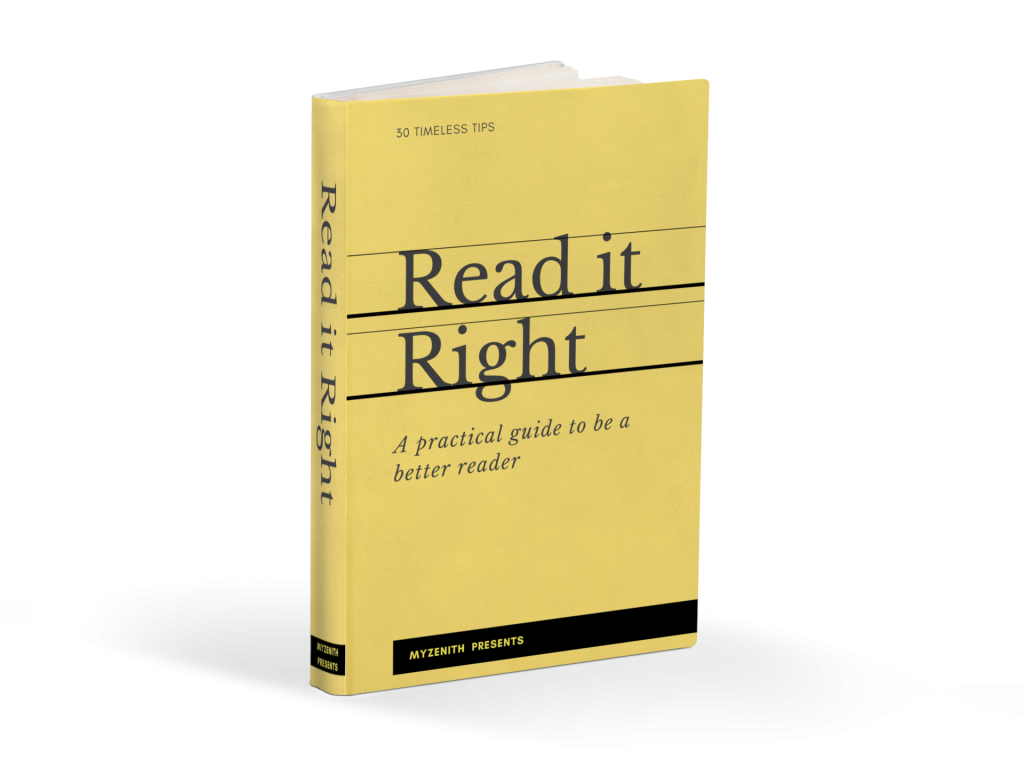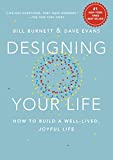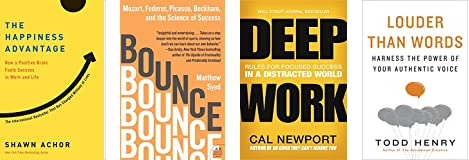One trouble with developing speed-reading skills is that by the time you realize a book is boring, you’ve already finished it.
Franklin P. Jones
A good reason to read, if ever you need one
Anything done with clarity of purpose has a better chance of succeeding. That said, there is no reason any activity can’t serve more than one purpose. Reading can be your way to relax in stressful times, but it can also simultaneously move you towards your goals. That is easier if you know what those goals are.
Here’s an exercise for you. Below are ten reasons why people read. Prioritize your top 3:
- I read for fun
- I read to relax
- I read to deepen my knowledge about a specific topic (topic:…)
- I read to be a better person
- I read to develop breadth of understanding
- I read to understand different perspectives
- I read to fill my boredom
- I read to train my brain
- I read because I am on a reading retreat
- I read because….(fill in your own reason, if it is not above)
Remember the choices you made above – when you pick books to read, when you decide to skim a book or invest in slow reading, it always helps to check if your reading is serving your chosen purpose. Indulging in the guilty pleasure of reading outside your choices is human, so don’t be too hard on yourself.
You are what you read, choose wisely
Product design has always fascinated me. How did the iPhone become so ubiquitous? How did Apple amass a devoted following that few other companies can dream of? Many factors come into play, but their single-minded focus on design is one of them. Now imagine if you could design your own life using the same approach and principles of designing a beautiful product.
Bill Burnett and Dave Evans, professors at Stanford, teach a course called “Designing Your Life.” Stanford has taken an approach of human-centered design since 1950s, and the professors used the same methodology to help students lead a purposeful, well-lived and joyful life. Now that is available to a broader audience though this book.
I read this book at a time when I was trying to figure out the next “S-curve” of my life. A feeling of plateau and achievement had been seeping in, and it was time for the next challenge. Methodically working through this book helped me immensely to take stock of life, prioritize what is important and to methodically go about prototyping the changes I wanted to make, without plunging headlong into possibly disastrous decisions. Since then I have also used the techniques ad-hoc as needed, whenever I have had to make choices. As a bonus, you also get a view into the high-level process of how great products are designed, right from the professors who brought this to Silicon Valley.
Self-help books are dime a dozen, but quality self-help books are not. I loathe to use the word self-help mostly because of the poor quality you often find in this genre. That said, good books that help us thoughtfully nudge ourselves forward in our journey of self-awareness and development are immensely valuable. We have chosen a few which we have found useful through various periods of our lives, you can find out more about them here.
Some tips and some tricks
- Try out different reading styles – It is useful to be aware of different reading styles, and try some of them out. I personally use a mix of:
- skimming (when I am not sure whether I should read something. I especially do this when I am trying out Kindle samples)
- slow reading (when I am reading beautiful literature or poetry, where I savour each word like a sip from a warm cup of tea)
- associative reading (when I seek out references mentioned, research on concepts referred and often other books by the same author)
- deep research (when I start with a reading list and work methodically down the list of books and articles, often with notes accompanying)If I catch myself skimming a beautiful book, I try to slow down. If I find myself reading what should be skimmed, or browsing random news articles when I could use the time to do more purposeful reading, I time-box myself to ensure a limit to the less productive activity. Habits take time to change, but it is worth it, over the years I have noticed the effectiveness and efficiency of my reading improve.
- Abandon good books for great books – This is a contentious topic in my family. My father believes that leaving a book half-read is an act of offense towards the author. I sit on the opposite end of this spectrum. I found the best argument for my view in this article, where I particularly liked the quote from Patrick Collison, founder of Stripe:
“At every moment, you should be reading the best book you know of in the world [for you]. But as soon as you discover something that seems more interesting or more important, you should absolutely discard your current book … because any other algorithm necessarily results in your reading ‘worse’ stuff over time.”
Form your view on this, but I would say that there are gazillions of books out there – tell me, which ones do you plan to read in your one wild and precious life?
- Sandwich your reading – In his book “The Power of Habit”, Charles Duhigg reminds us that habits are not destiny. He has many suggestions for forming habits that we would like to have. One of my favourites is the sandwich approach, where you fit the habit you want to develop between two other activities that you do without fail. If you are like many people out there, who want to read but just can’t seem to find the time, I would suggest trying this out.
We hope this helps you step onto a path of purposeful reading. Try it out, you might like it more than you think.

If you would like to get more tips to be a better reader, download our practical guide – Read It Right. Free for all subscribers!


